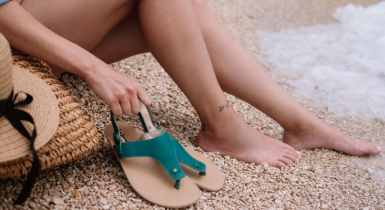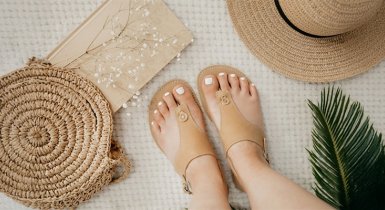Why Are Anatomically Shaped Barefoot Shoes the Healthier Choice?

Footwear has evolved for thousands of years — from animal hides to high-tech materials — but its purpose remains the same: to protect our feet. What has changed is how well shoes respect the natural anatomy of the human foot. This blog explores what makes our anatomically shaped barefoot shoes different and why their design supports health, posture, and comfort better than conventional footwear.
Table of contents
- How did footwear evolve — and what changed along the way?
- What does it mean for a shoe to be anatomically shaped?
- Why is respecting natural biomechanics so important?
- What are the key benefits of anatomically shaped barefoot shoes?
- Do anatomically shaped shoes improve posture and performance?
- Should shoes fit the foot — or the foot fit the shoe?
How did footwear evolve — and what changed along the way?
The human foot is a masterpiece of evolution — 26 bones, 33 joints, and more than 100 muscles and ligaments working in harmony. Early humans walked barefoot, perfectly adapted to varied terrain. Footwear appeared only to protect against heat, cold, or injury.
As civilization advanced, style replaced function.
- Narrow toe boxes became fashionable.
- Heels were introduced to appear taller and elegant.
- Natural foot shape was sacrificed for aesthetics.
By the 21st century, a return to function began. Barefoot shoes revived the original idea: protection without restriction — shoes shaped by the foot, not the other way around.
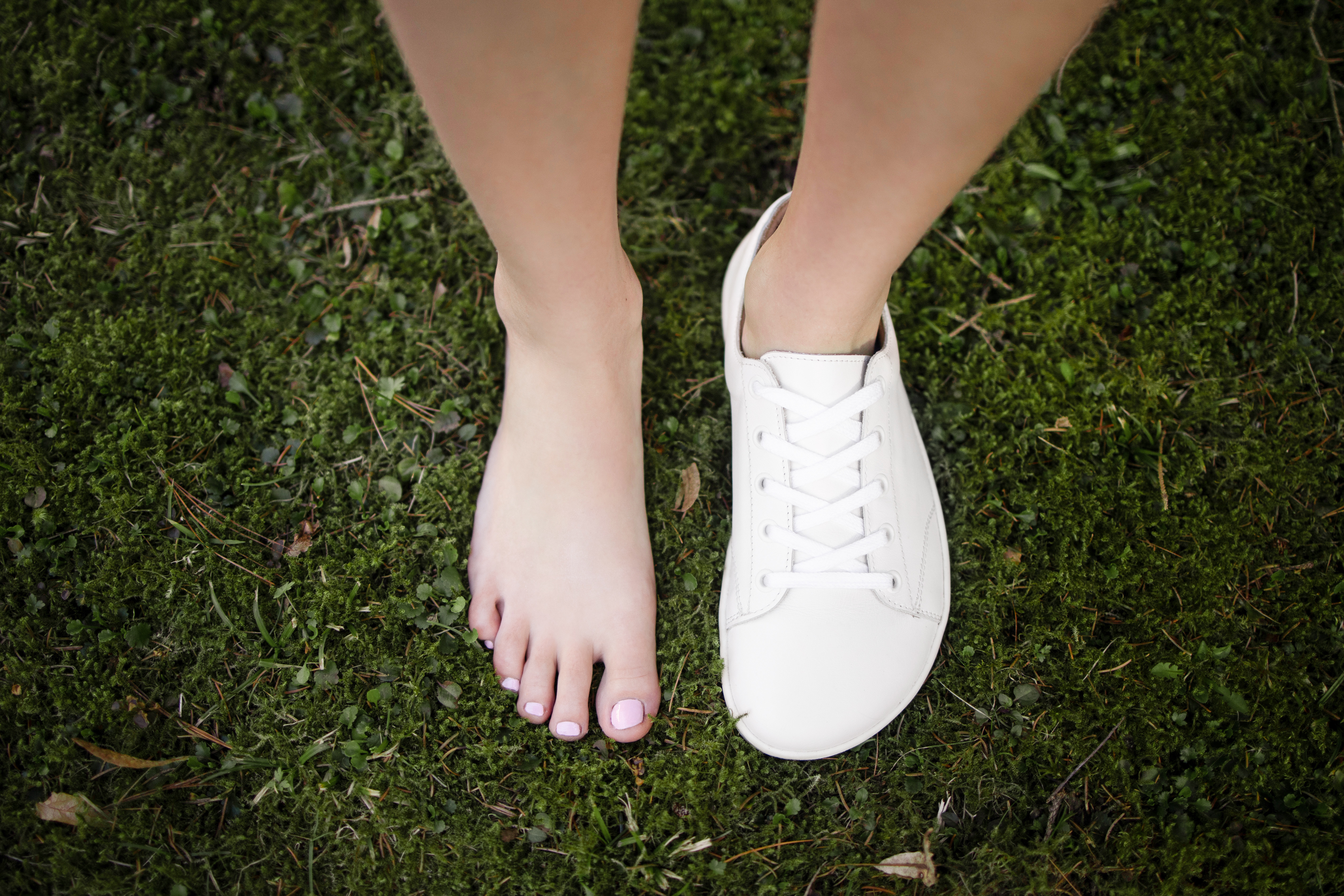
What does it mean for a shoe to be anatomically shaped?
An anatomically shaped shoe mirrors the true outline of the human foot — wide at the toes, gently narrowing toward the heel, and flat across its length.
This design allows:
- Full toe splay for balance and stability
- Natural weight distribution
- Proper alignment of bones and joints
- Unrestricted muscle activation
Why is respecting natural biomechanics so important?
Every step triggers a chain reaction through your body — from feet to knees, hips, spine, and head. When your feet are misaligned, the entire system compensates, leading to pain or fatigue.
Do a simple experiment
Try placing a rubber band tightly around your toes and walk a few steps. You’ll instantly notice restricted balance and tension. Now remove it — your toes spread, your gait smooths out, and weight spreads evenly.That’s the difference between traditional and anatomically shaped footwear.
Free movement keeps your body stable and aligned, reducing strain not only in your feet but throughout the entire kinetic chain.

What are the key benefits of anatomically shaped barefoot shoes?
- Unrivalled comfort
Wide toe space and flexible materials eliminate pressure points, letting your feet relax even during long wear. - Injury and deformity prevention
No cramped toes, no bunions, no ingrown nails. Natural shape and fit prevent friction and maintain healthy alignment. - Improved toe mobility and strength
Freely moving toes rebuild strength and stability lost through years of wearing tight shoes. - Better circulation
Full-foot movement activates micro-muscles, improving blood flow and reducing cold-foot syndrome. - Less leg fatigue
Even weight distribution reduces tension on heels and arches, helping you stay light on your feet all day.
Do anatomically shaped shoes improve posture and performance?
Yes. Properly shaped footwear affects the entire body’s alignment. By restoring the natural position of the foot, barefoot shoes:
- Re-center the body’s gravity line, supporting correct posture
- Reduce back, hip, and knee pain
- Enhance balance and movement efficiency
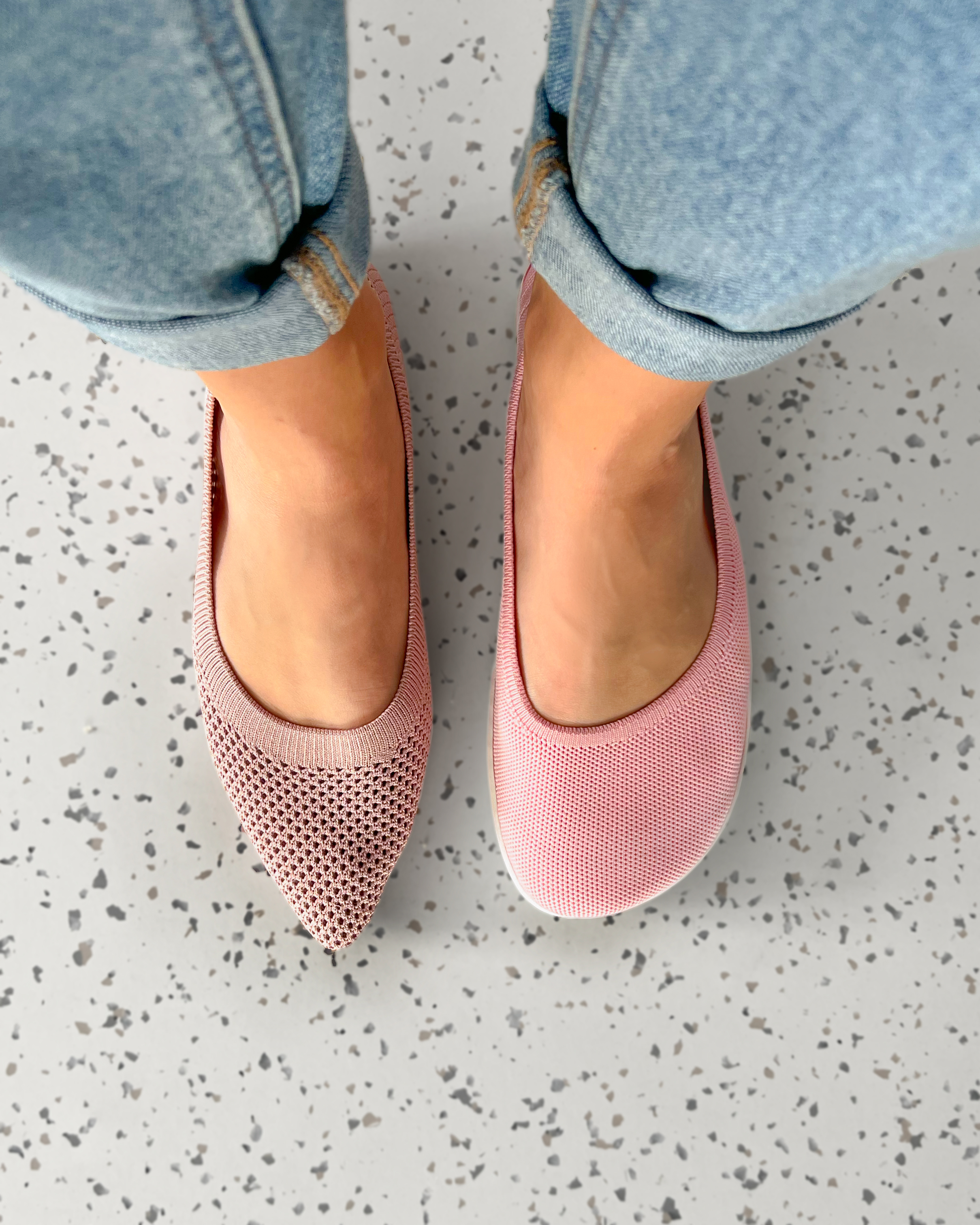
For athletes and active people
Improved toe grip, circulation, and muscle strength contribute to better control and faster recovery — a subtle yet significant performance boost.
Should shoes fit the foot — or the foot fit the shoe?
The answer is simple: shoes should adapt to your feet, not force them into shape.
While traditional footwear often restricts natural motion, barefoot shoes protect while allowing freedom.
Anatomically shaped barefoot shoes maintain correct toe alignment, follow natural biomechanics, and support long-term foot health. They represent both an evolutionary return and a modern solution — because there really is only one right shape: the shape of your foot.
Anatomically shaped barefoot shoes honor human design, supporting natural posture, blood flow, and overall comfort. Choose footwear that adapts to you — not the other way around — and experience how simple freedom of movement can transform the way you walk, stand, and feel.
Sources
- Torres, R., & Mendes, A. (2024). Anatomically shaped footwear and lower-limb biomechanics: A comparative study. Gait & Posture, 106, 55–63.
- Lee, S., & Franklin, S. (2023). Toe-box width and postural stability in minimalist shoes. Frontiers in Sports and Active Living, 5, 1189374.
- Kimura, H., & Brown, E. (2022). Effects of natural foot-shaped shoes on plantar pressure and gait efficiency. Journal of Biomechanics, 142, 111306.
What makes a shoe “anatomically shaped”?
+ -It mirrors the natural shape of the foot, especially the wider toe area, allowing natural alignment and movement.
Can anatomically shaped shoes prevent bunions?
+ -Yes. Their wide toe boxes reduce pressure that commonly causes bunions and hammertoes.
Are barefoot shoes suitable for everyday wear?
+ -Absolutely — their flexible design supports comfort for both casual and professional settings.
How long does it take to adapt to barefoot shoes?
+ -Most people adjust within a few weeks of gradual wear combined with light foot-strengthening exercises.
 DE / USD
DE / USD

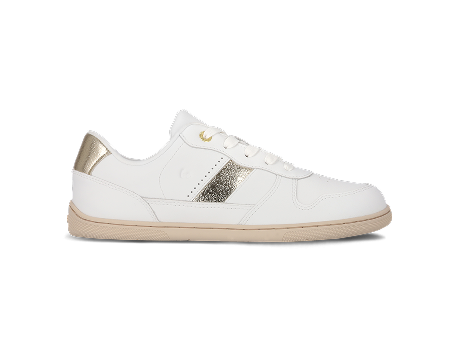

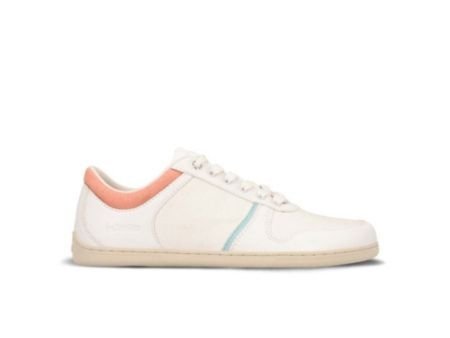
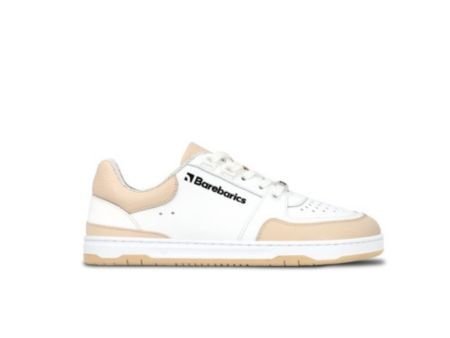

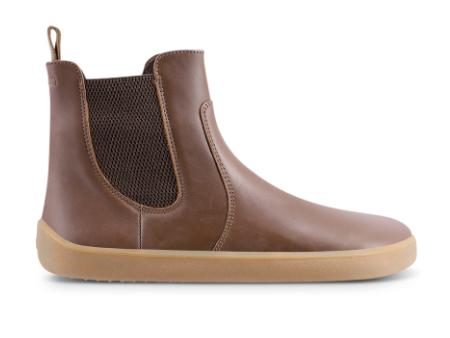


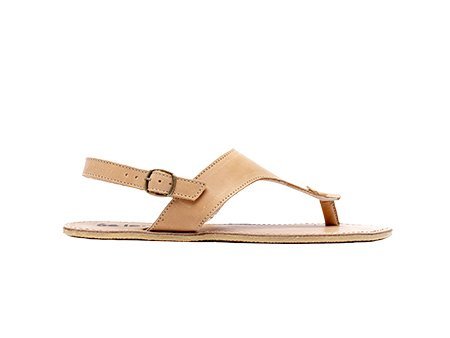
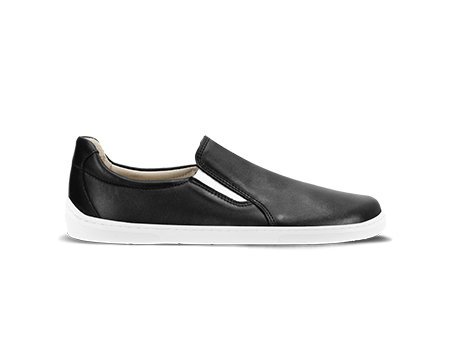

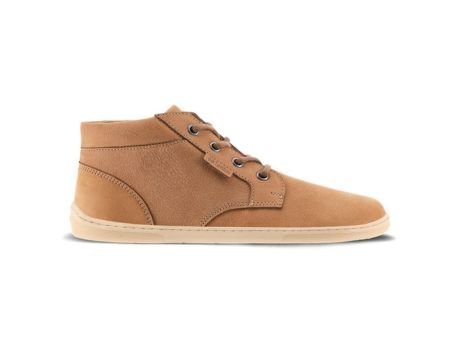

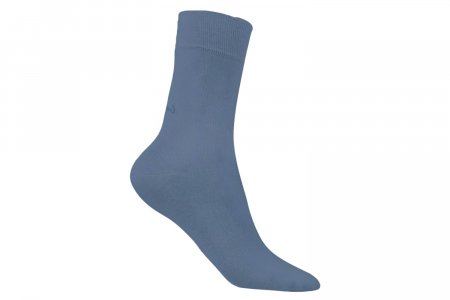

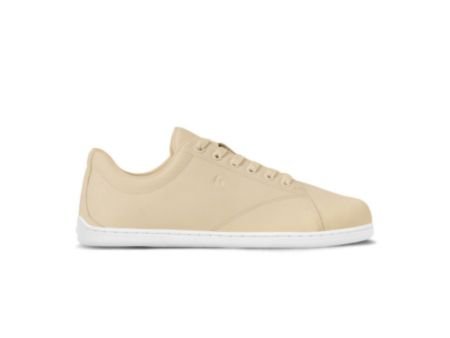
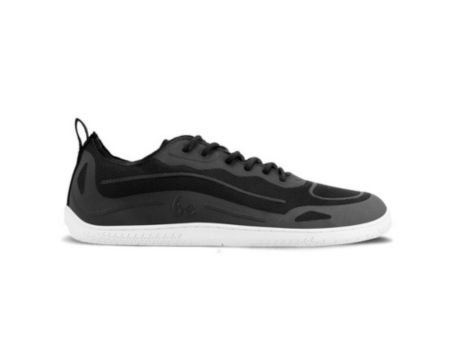


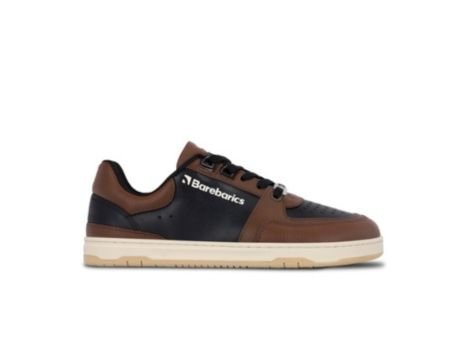


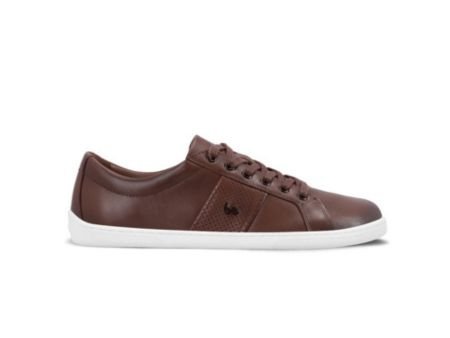
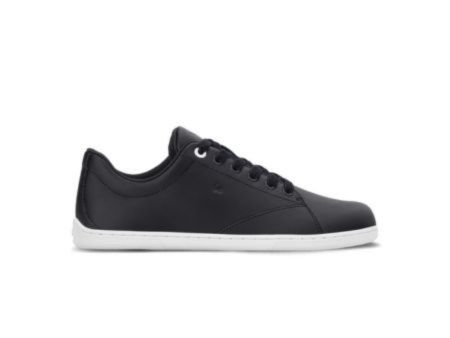
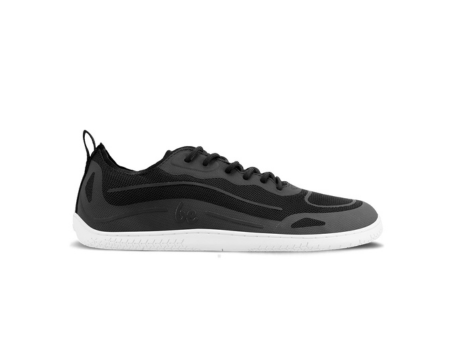

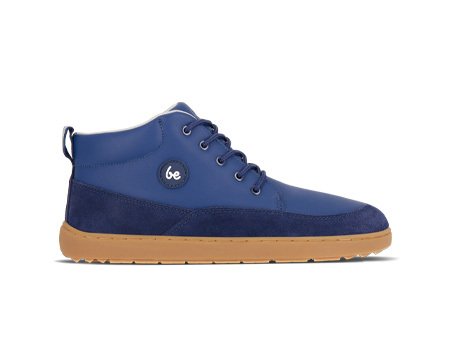

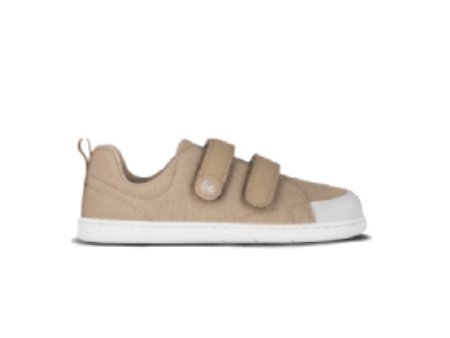

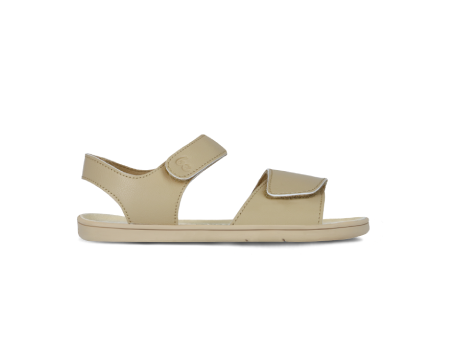
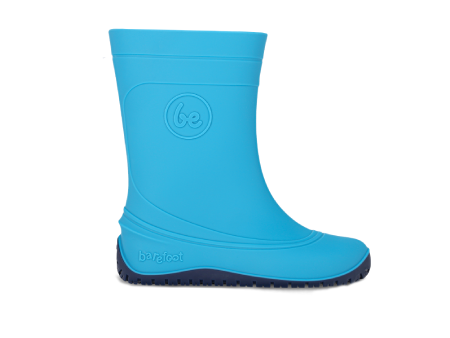
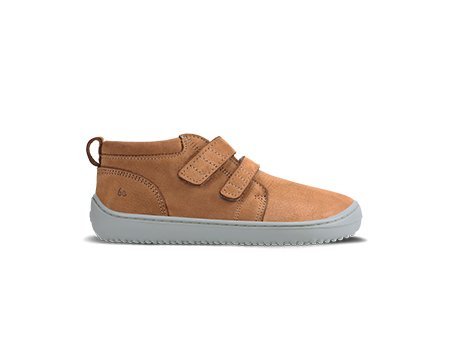
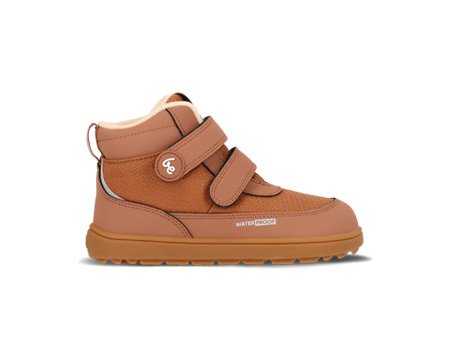
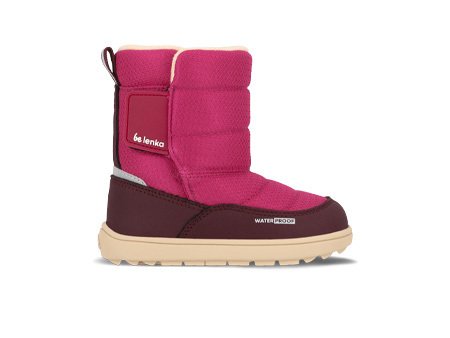


 Be Lenka
Be Lenka


